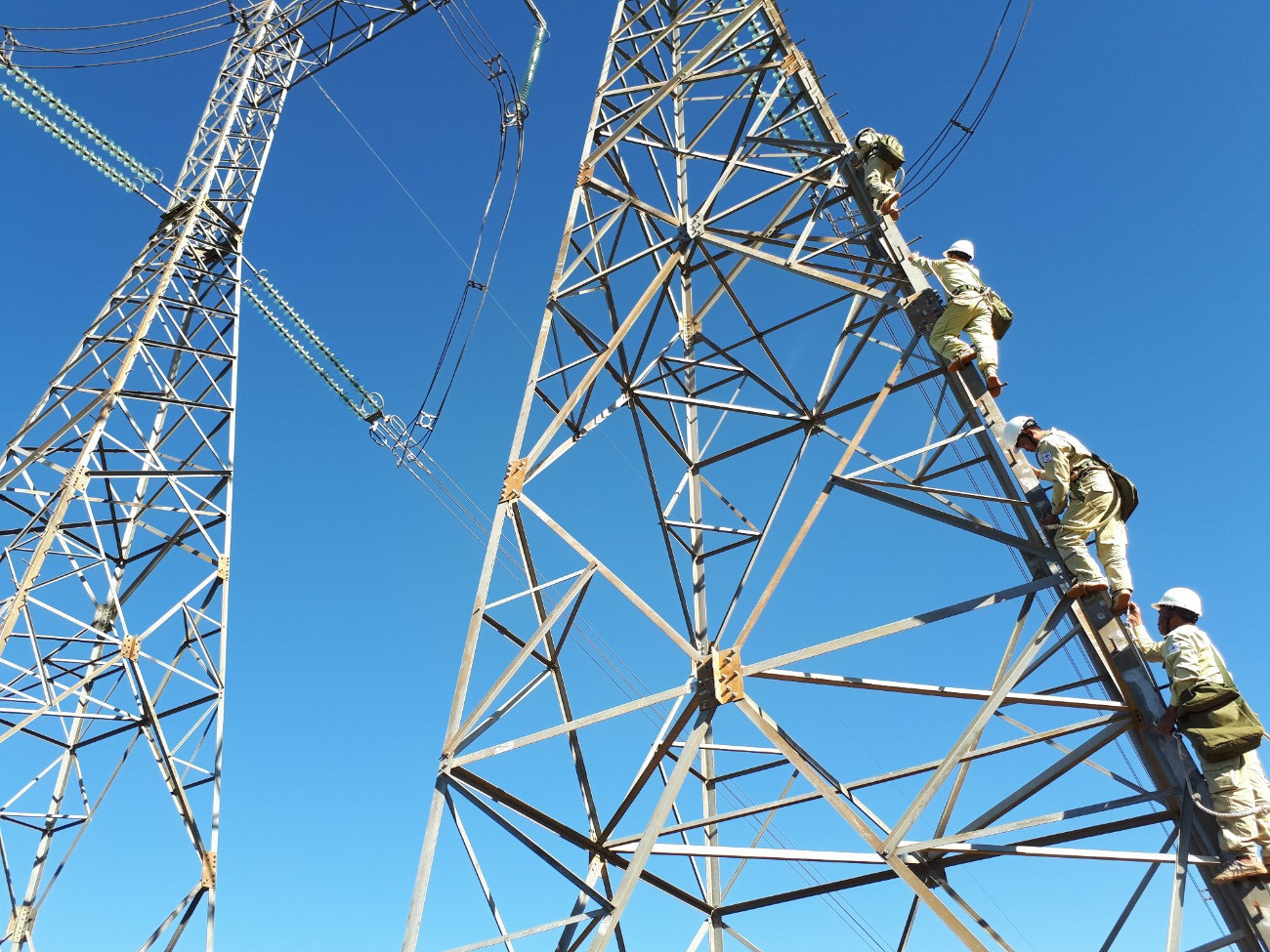
EVN has sent a document to the Ministry of Industry and Trade (MOIT), proposing that these customers, mostly manufacturing factories and industrial zones, should buy electricity directly in the market, rather than from EVN.
EVN said it has created necessary conditions to allow final consumers to participate in the Vietnam Retail Electricity Market (VREM) and submitted the suggestion to the Electricity Regulatory Authority of Vietnam (ERAV), an arm of MOIT.
However, to date, MOIT still has no detailed plan to deploy VREM as stipulated in Decision 2093/QD-BCT dated August 7, 2020 on approving the VREM model plan.
Under the plan, EVN proposed allowing final customers to join VREM instead of having to buy electricity according to the retail electricity price scheme set by the government, starting in July 2021.
EVN has expressed concern that delays in the VREM deployment may lead to slow implementation of the electricity competitive retail market stipulated in the Prime Minister’s Decision 63/2013-QD-TTg dated December 30, 2013.
Under the decision, a pilot competitive retail market (Level 3) must operate in 2021-2023, while a complete competitive retail market must run after 2023.
But it is still unclear when MOIT will launch the DPPA (direct power purchase agreement) mechanism.
Therefore, EVN has asked MOIT/ERAV to thoroughly consider all of EVN’s proposals and reports in order to soon deploy the competitive retail market as scheduled.
In the immediate time, EVN wants MOIT/ERAV to ask customers connecting to the grid at the voltage level of 110kv or more to directly buy electricity in the market.
This is an important step in the plan to build a competitive retail market according to the roadmap approved by the Prime Minister.
The calculation and announcement of electricity distribution costs at the 110kv voltage level or more are simpler, while the number of customers is smaller than the number of customers connecting with other voltage levels.
Also, all customers of this group are equipped with electronic meters.
The power purchasing costs of the customers connecting the grid at the 110kv voltage level must cover all expense items, including the energy costs in the spot market; power transmission costs (approved by MOIT annually); power distribution costs; electricity system regulation; costs for supporting services; and PPA (power purchase agreement) allocation costs.
According to an expert, the number of these customers accounts for 40-45 percent of the nation’s demand.
If the mechanism is approved, the big customers will be able to optimize the power purchase.
Luong Bang